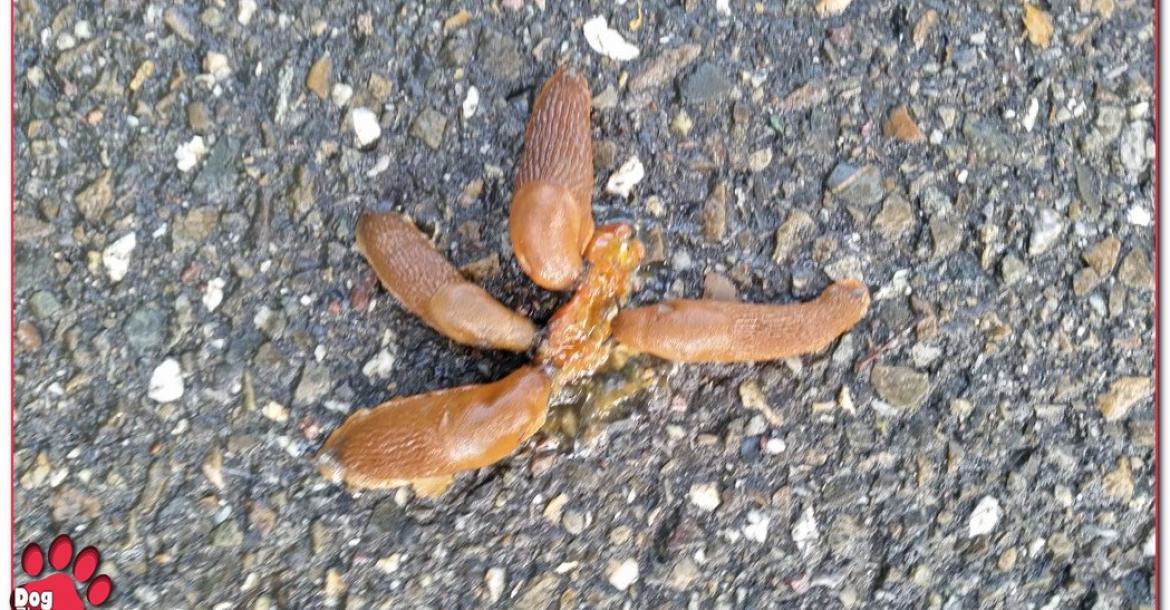Snails: French heartworm poses a big risk for your dog
The heavy rains of the past weeks has everywhere created a real snail infestation. Snails with house as without house are in large numbers present in gardens, fields and so on. The voracity of these snails also focuses on dog poo, and thus the snails are very dangerous.
When larvae of the French heart worm are located in the feces, they crawl into the body of the snail. In this way the snail becomes infected.. If your dog eats an infected snail, the larvae will crawl into the intestines of your dog , pierce through the intestinal wall and enter via the blood vessels in vital organs. The risk of infection with this particular heartworm, which is not spread by mosquitoes but using slag, is big.
Dogs can not directly transmit heartworm infection to other dogs. Contamination in fact always requires an intermediate host. In this case, the slag. The infection is no longer limited to southern countries, also in The Netherlands dogs have died..
To get infected with lung worm, the dog has to eat infective larvae. Which may be present in slugs, snails, and sometimes frogs. Some dogs eat these animals not deliberately, but they swallow accidentally. Research has shown that infectious lung worm larvae (another name) may also be released through the slimy trace that snails leave behind. This means that ponds pose a hazard, like the drinking water bowl and toys for your dog that are left outside. Even sniffing around in an environment where snails are, gives a risk of infection. "
Heartworm infection is recognizable by impaired heart function, deteriorating the fitness and endurance of the dog. During exercise the dog may cough up blood. It also creates a lack of oxygen in the blood vessels that will decrease the overall condition off the dog. In all of these symptoms, there is usually already a large number of worms in and around the heart. That is probably the most frightening of the infection; a dog can be symptom-free for years even with a heartworm infection.
If the infection is recognized at an early stage this can be combatted quite well, but this fight is not easy and not without risk. The dog will get several injections with Immiticide, an agent that will kill the adult worms. But this dead worms or pose a greater risk of thrombosis when they accumulate in large numbers in the blood vessels. For this reason, it is recommended for a dog under treatment for the period of about four weeks to carry out physical exercise as little as possible. Permanent damage is certainly not an imaginary danger. A milder way of control is the administration of pipettes that will only kill the larvae. This treatment will have to be repeated monthly to ensure that the heart will eventually be free of any larvae..
Prevention is the best. Do not leave food and drink containers outside, and avoid that the dog eats snails, drinks from puddles or licks snail crawler tracks. Also, eating grass is not advisable. Regular worming is recommended.
Information about the "regular" heartworm can be found here.





